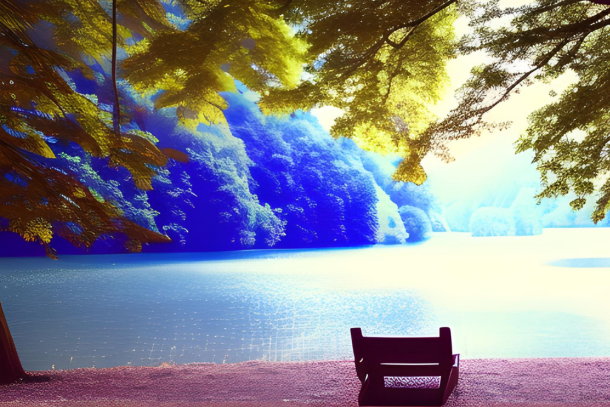Calming colours, most relaxing bedroom colours
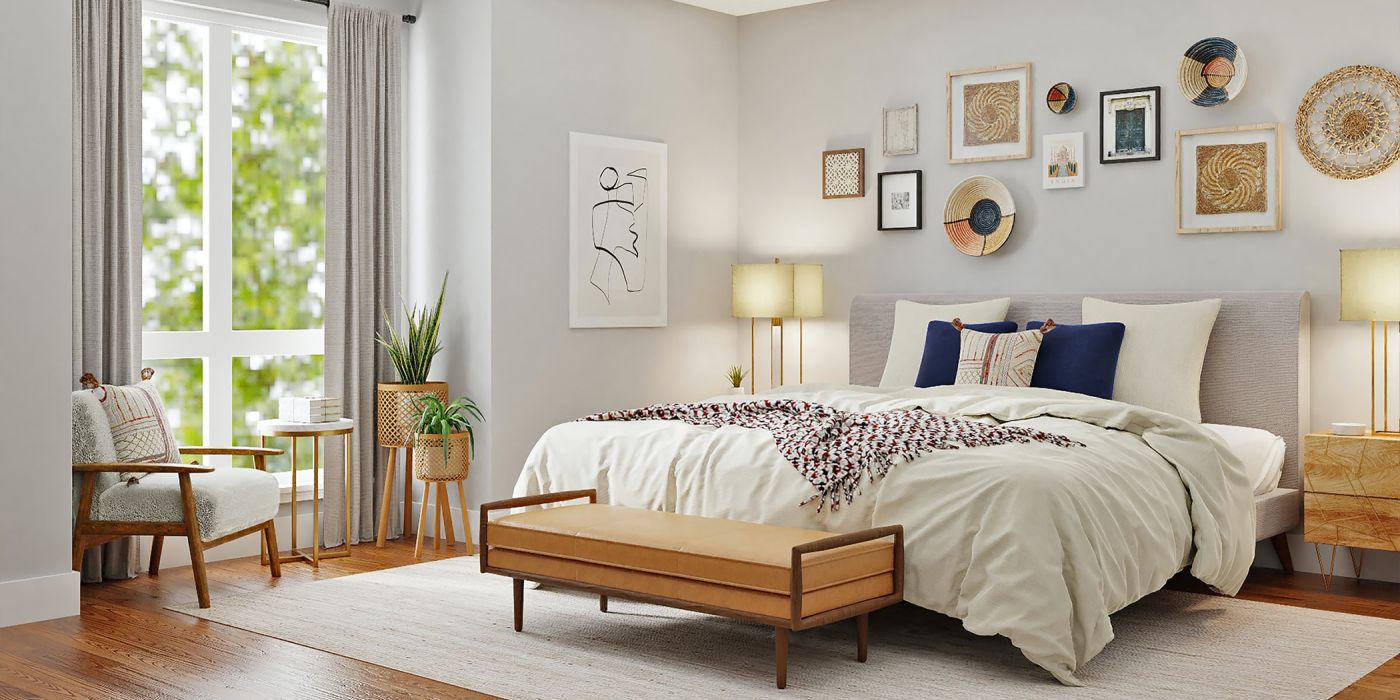
It is a long-standing belief that certain colours can have an effect on our mood and influence our feelings. If you are looking for colours that can have a positive vibe, creating a calming atmosphere, we have listed what colours are soothing.
What are calming colours?
Pink
It is suggested that pink is a colour that can encourage feelings of peace and restfulness. It has connotations of compassion, nurturing and love, which all relate to positive feelings of understanding. Pink is often considered romantic, affectionate and intimate, with a slightly more subtle effect of the passion felt by the colour red. It creates more of a gentle energy. Moreover, according to theories of psychology, pink is thought to be the colour of hope. Through it the encouragement of warm and comforting feelings, pink is often considered a positive colour.
Pink is not a pure colour. It is actually a tint of red, Tints are when a colour is produced by mixing a primary colour with white to produce a tint of the original colour.
If the colour is mixed with black then it is a shade of the original colour. If the pure colour is mixed with grey then the result is a tone.
Blue
Blue is a gentle colour that can introduce a sense of peacefulness. It is thought that blue colours can reduce your anxiety levels and produce better stress management. Research has shown that higher levels of productivity are produced in rooms that are painted blue. It is a very popular colour and most people do not consider the colour to be harsh, associating it with traditional colouring.
It is thought that blue often represents melancholy emotions, however, it really depends on individuals responses to the colour. Whilst it represents this feeling, it doesn't mean that it will cause those emotions.
White
White is a pure colour that is typically seen as angelic and sterile. However, it is thought that having your walls painted white can influence you with levels of calmness not seen in other colours. It has been shown to have a positive effect on your energy and mood. It is suggested that it also encourages restfulness and joy.
It makes your area brighter and decreases levels of anxiety or depression that are due to dim lighting. This creates a better space for us emotionally and mentally.
Grey
Whilst grey can be considered dull and depressing, it can offer a soothing environment. This is mostly due to the notion that it is a neutral colour and is a nice base palette for any matching colour. Because grey is not black or white, it is a colour that does not bring much attention to itself, making it a great calming colour.
Yellow
Yellow is one of the most positive colours. It is bright and feels energetic. Research suggests that people who are surrounded by yellow are more active and productive. This can range from pastel yellow to a more vibrant yellow. This decision depends on preference. It can mimic the sight of rays of sunshine or the petals of many flowers. Yellow is a colour of nature, yellow is often the colour of pollen, although that can vary from black through red and orange to green although usually, it's yellow.
Violet
Violet is a beautiful colour that signifies strength and peace. It is suggested that it encourage a balance with your inner peace. Due to its blue base, it is understandable as to why it has very similar calming properties. Often associated with nobility, royalty and magic it radiates a deep strength. It is actually the most energetic light with the highest frequency we can see.
Green
Green is considered to be a warm colour that has great connotations with nature. Green is in the very middle of our visual range or visual spectrum where our perception is best, we do not have to adjust our eyes to see it. We are biologically designed to see green. It is the colour of plants, leaves making good use of green light to photosynthesise, the process that allows life on this planet.
Worst colours for a calming bedroom
Red
Red is most likely the worst colour if you are attempting to create a calming atmosphere. It can invoke feelings of anger which is not the type of feeling that you want if you are attempting to get to sleep. It is a very bright colour that can prevent you from being able to fall asleep. Red is the least energetic colour of light and is at the far end of our visible spectrum.
Orange
Orange can invite the same type of feelings as red. It is another bright colour that can encourage excitement and keep the mind active, making it difficult to fall asleep. However, if you are really wanting to have orange in your room, a better alternative could be peach or beige.
Bright Yellow
Bright yellow or bright colours, in general, make it harder for us to fall asleep at night. It makes it harder for us to relax and unwind in order to prepare for bed. Waking up in the morning may be disturbed by bright colours, making your morning unpleasant.
Bright Green
Green in its darker, or much lighter form, can be a great choice for the bedroom, but colours like lime or bright green or not. Bright colours can encourage higher levels of energy which is not needed in the bedroom.
Brown
Brown and other dark colours and shades can make a space feel dim and dark, whilst this sounds fine for a bedroom, it may not always feel inviting. It can promote negative emotions and feelings. Subconsciously it can also make you feel sad and result in a restless nights sleep.
What are calming colours for a bedroom?
As we have established, to find calming colours for a bedroom we need to mostly pick from the following.
- Pink
- Blue
- White
- Grey
- Yellow
- Violet
- Green
Shades will make your room darker. This is where personal preference plays a large part but often darker bedrooms can seem oppressive and less relaxing. there is a fine balance to be had between making a bedroom inviting but not too energetic. Tints will make the colours lighter but we must not go too far with the lighting of the main colours we pick.
Most relaxing bedroom colours
Blush
#d3a6a0
A warm colour that is pink with a hint redder. Coral is not far away and both look great with subtle uplighting.
Sage Grey
#9a9a8e
Its grey with a hint of green and is warm and inviting.
Pale Yellow
#eaddb1
The warm glow of the sun reflected in a buttercup, pale yellow is a lovely tint to wake to on any morning.
Classic White or Ivory
#dfdfd7
Stylish and a great canvas to use as a backdrop to lights and materials to reflect off.
Soft Green
#b2bba9
A meadow in the evening light soft green is a natural and restful colour.
Tan
#af9d85
A warm earth colour, a pale tone of brown, tawny is another similar colour.
Deep Blue
#243772
Deep blue can be a colour to dive into, helping to settle you at night, you probably won't want to wake in the morning with this absorbing colour.
Lilac
#a9aabf
Lilac is a colour but also the common name of a flower that bears its name. Lilac is a colour that is a pale violet tone. light blue or a dark mauve.
Off-White
#e4dbd0
Off white is more a range of whites with yellows and reds, all the way through to additional grey. From a warm white to almost a grey.
Mauve
#eacaff
Ideal roe a child bedroom or to brighten a small bedroom, mauve. If a shade it is often one of the last colours of a sunset but this much of a tint it is bright and uplifting.
Sky Blue
#87CEEB
What better colour to wake to than the beautiful sky blue. Ideal for any bedroom and equally good in the evening as in the morning.
Soft Grey
#d3d3d3
Soft grey, mushroom. A very neutral colour to dress with lights and fabrics. Elegant and subtle, warm and inviting. Also the colour of my own bedroom!
Light Blue
#add8e6
Lighter than a sky blue more on par with the soft blue from a glacier. A lovely blue to use warm colour against.
Teal
#00b3b3
A cyan-green named after the stripe on the head of the bird Eurasian teal (Anas crecca). Often associated with the sea and natural colour that is very marmite (love it or hate it.
I do hope you have enjoyed this little journey through calming colours and which colours to use in the bedroom. If you have other favourites that work for you why not drop me a message and let me know what works for you. Pictures are always welcome.
I do hope you have enjoyed this article and hope that you will subscribe to my newsletter so you can get the latest information about all things naturally relaxing.
Stay in touch, join the Naturally Relaxing Newsletter
Newsletter Signup
Post Your Comments
or post as a guest
Be the first to comment.
Latest articles in Relaxation

Capturing the Perfect Sunset: Tips and Techniques
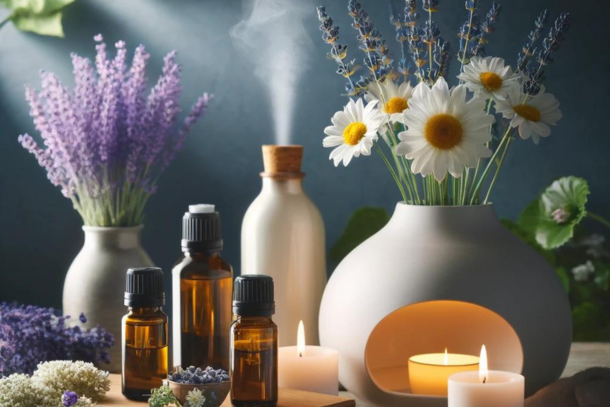
The Benefits of Aromatherapy: Essential Oils for Relaxation
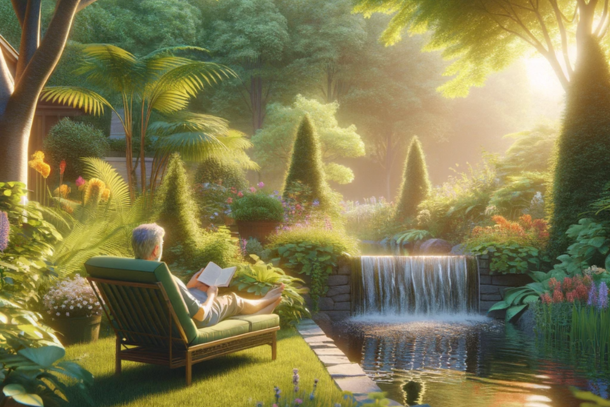
Embracing Calm: Innovative Ways to Relax in the New Year
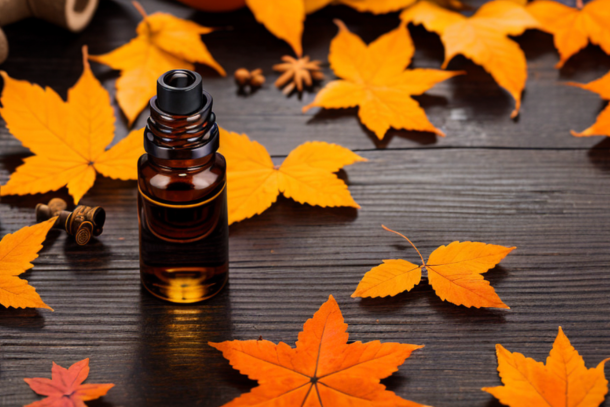
Autumn Aromatherapy: Essential Oils for Relaxation
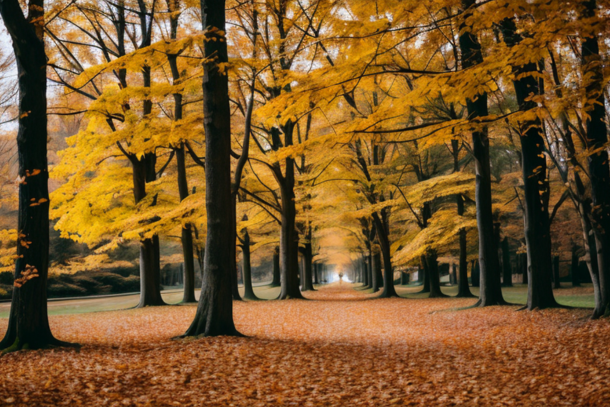
Embracing Autumn's Tranquillity: Finding Peace in the UK's Golden Season
